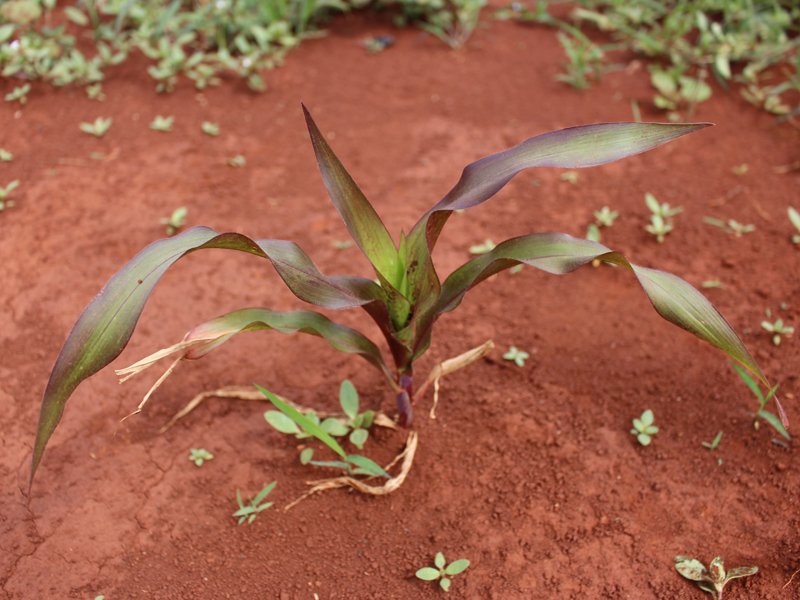Agronomy
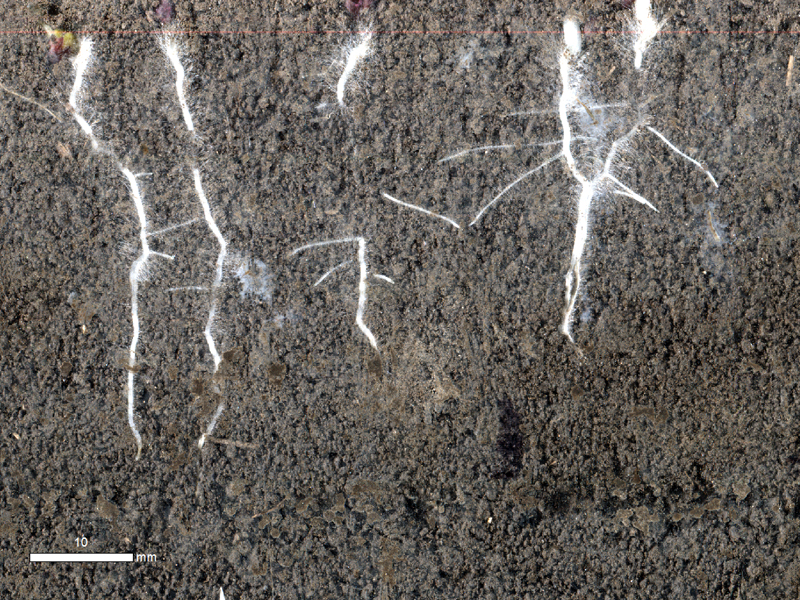
Fertilizer is used worldwide in farming. It’s used to give plants a boost, increasing yield and ultimately farmers’ profits.
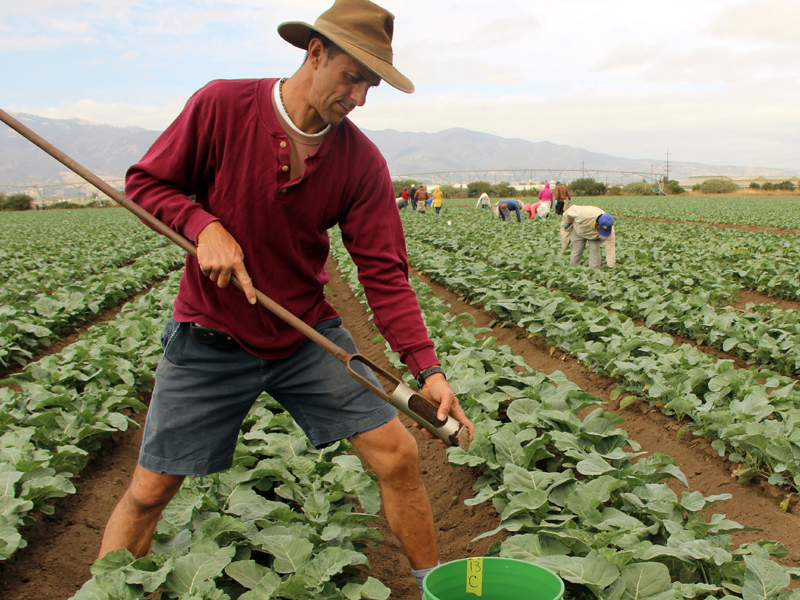
Soil organic matter has long been known to benefit farmers. The carbon in this organic matter acts as a food source for soil microbes, which then provide other nutrients to the crops grown. Microbes, insects and small soil critters produce materials that can improve soil structure and water retention. It’s a healthy ecosystem every farmer wants to encourage.
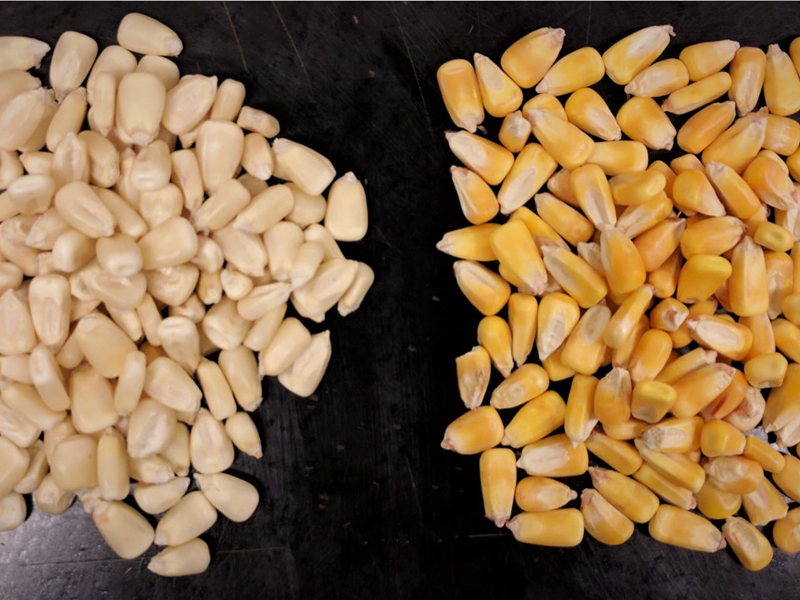
Products we commonly buy at the supermarket, such as tortillas and corn chips, are made from food grade corn. The corn is grown, harvested, bought by a food company, turned into masa (dough from ground corn) through a chemical process, and then made into our favorite products.
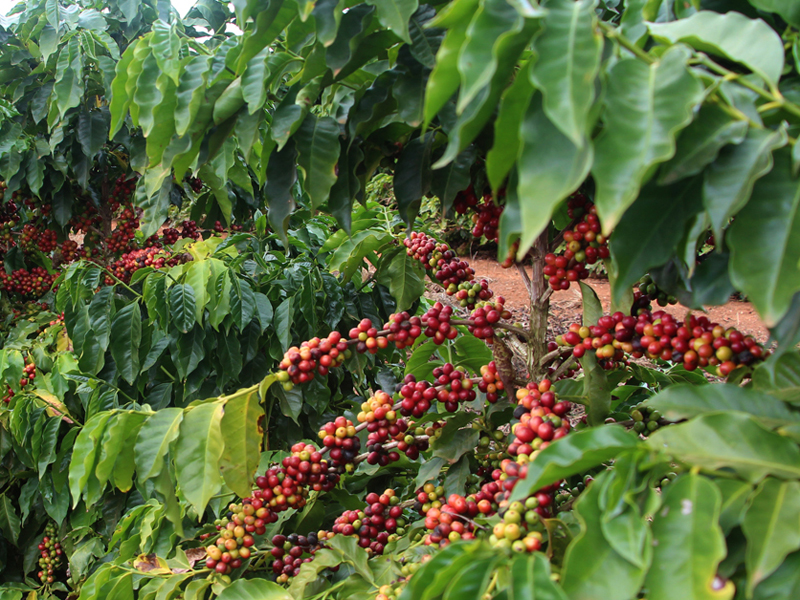
Each day, more than 2 billion cups of coffee are consumed worldwide.

Developing countries produce about 90% of the beans used to make all those lattes, espressos and mochas. That makes coffee a key source of revenue and livelihood for millions of people worldwide.
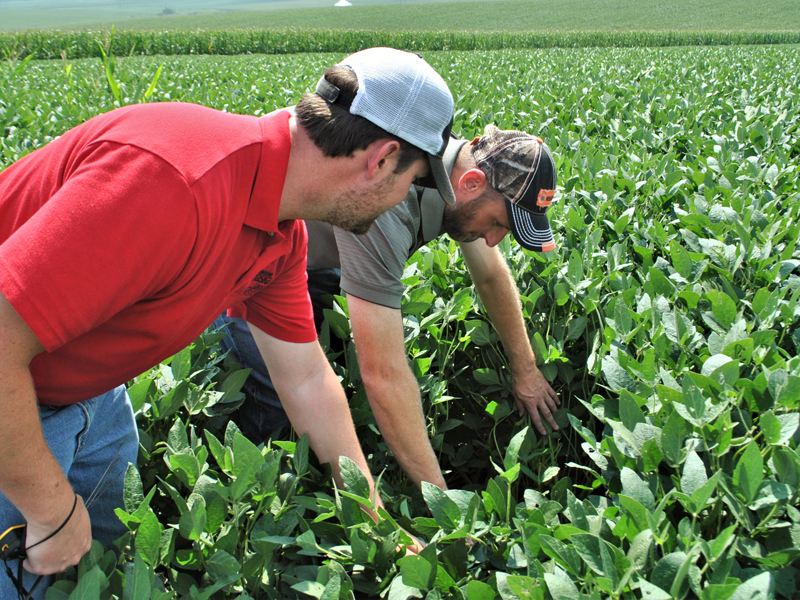
Farmers have been innovators and experimenters for millennia. They developed new types of crops and methods of farming.

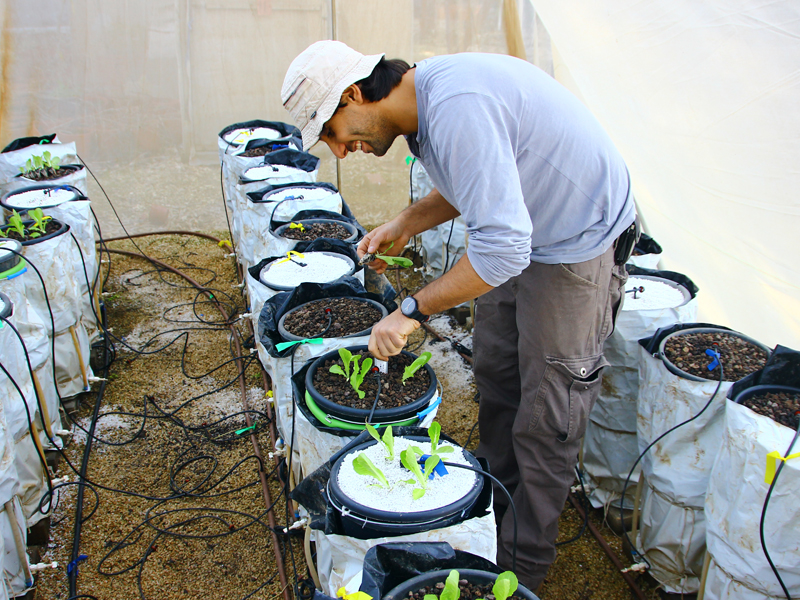
We all know plants need nutrients, especially nitrogen and phosphorus. To give crops a boost, they are often put on fields as fertilizer. But we never talk about where the nutrients themselves come from. Phosphorus, for example, is taken from the Earth, and in just 100-250 years, we could be facing a terrible shortage. That is, unless scientists can find ways to recycle it.
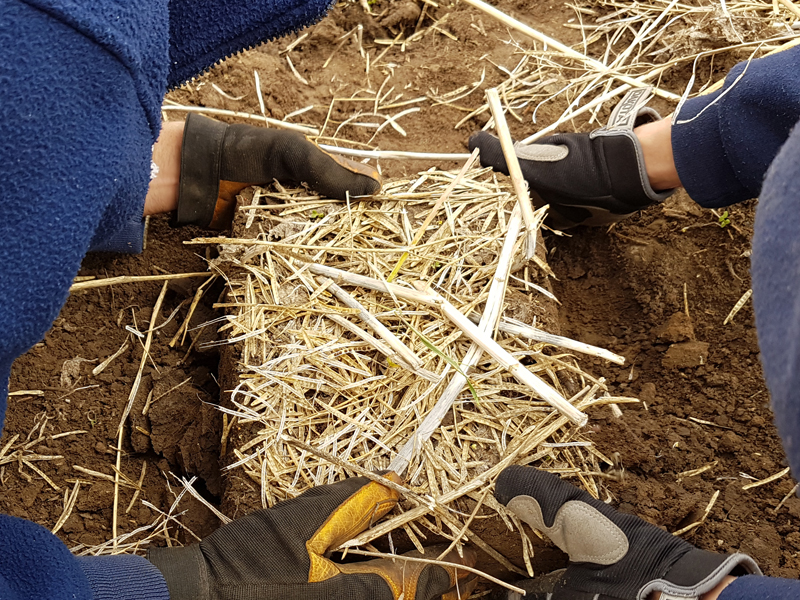
We’ve all heard about the magical combination of being in the right place at the right time. Well for fertilizer, it’s more accurate to say it should be in the right place at the right rate. A group of Canadian scientists wanted to find the perfect combination for farmers in their northern prairies.

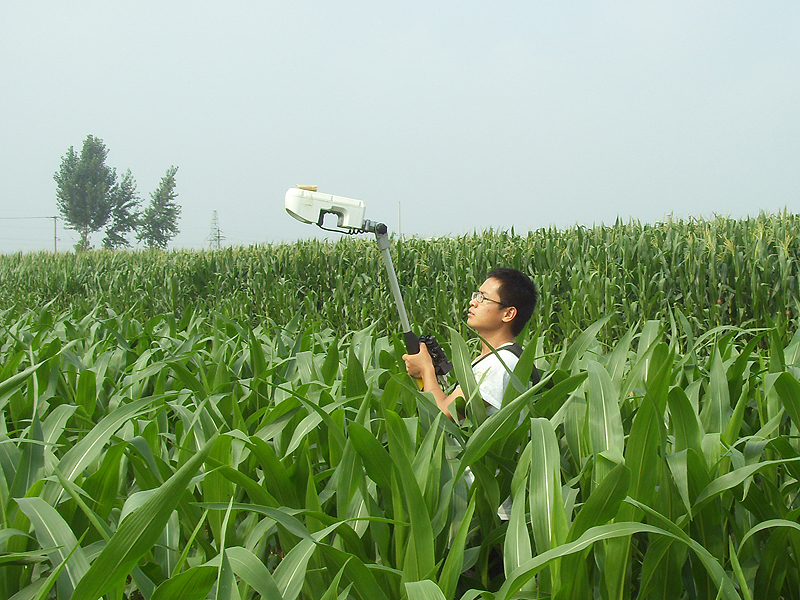
Too much of a good thing can be a bad thing. That’s certainly true for nitrogen fertilizers.
Without enough nitrogen, crops don’t grow well. Yields are reduced significantly.
Applying too much nitrogen fertilizer, on the other hand, can hurt the environment. Nitrogen can enter the watershed, polluting aquatic ecosystems. Microbes can also convert the excess nitrogen into nitrous oxide, a greenhouse gas implicated in climate change.
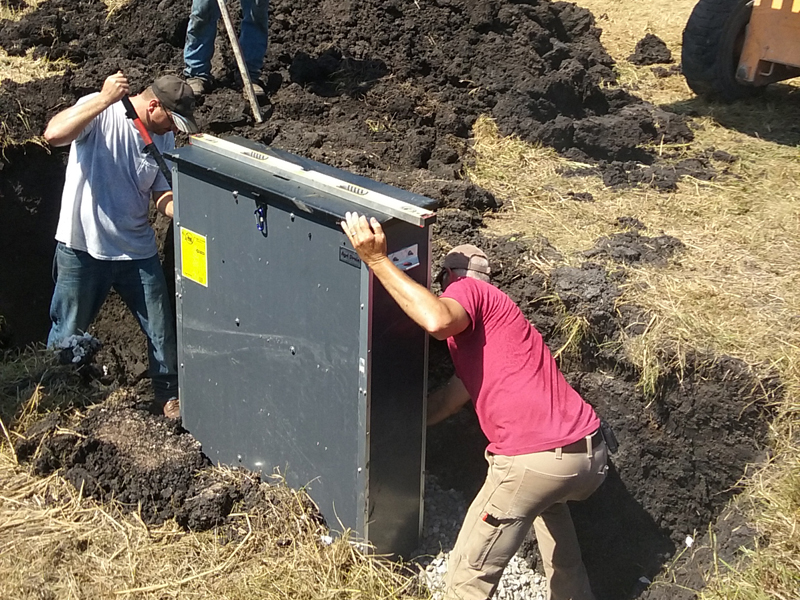
Spring in America’s heartland is often wet. That makes its soil too soft for planting. One solution to that issue is tile drainage. Growers insert a series of pipes (drain tiles) under their fields, which drains water from the soil into nearby streams and lakes.


